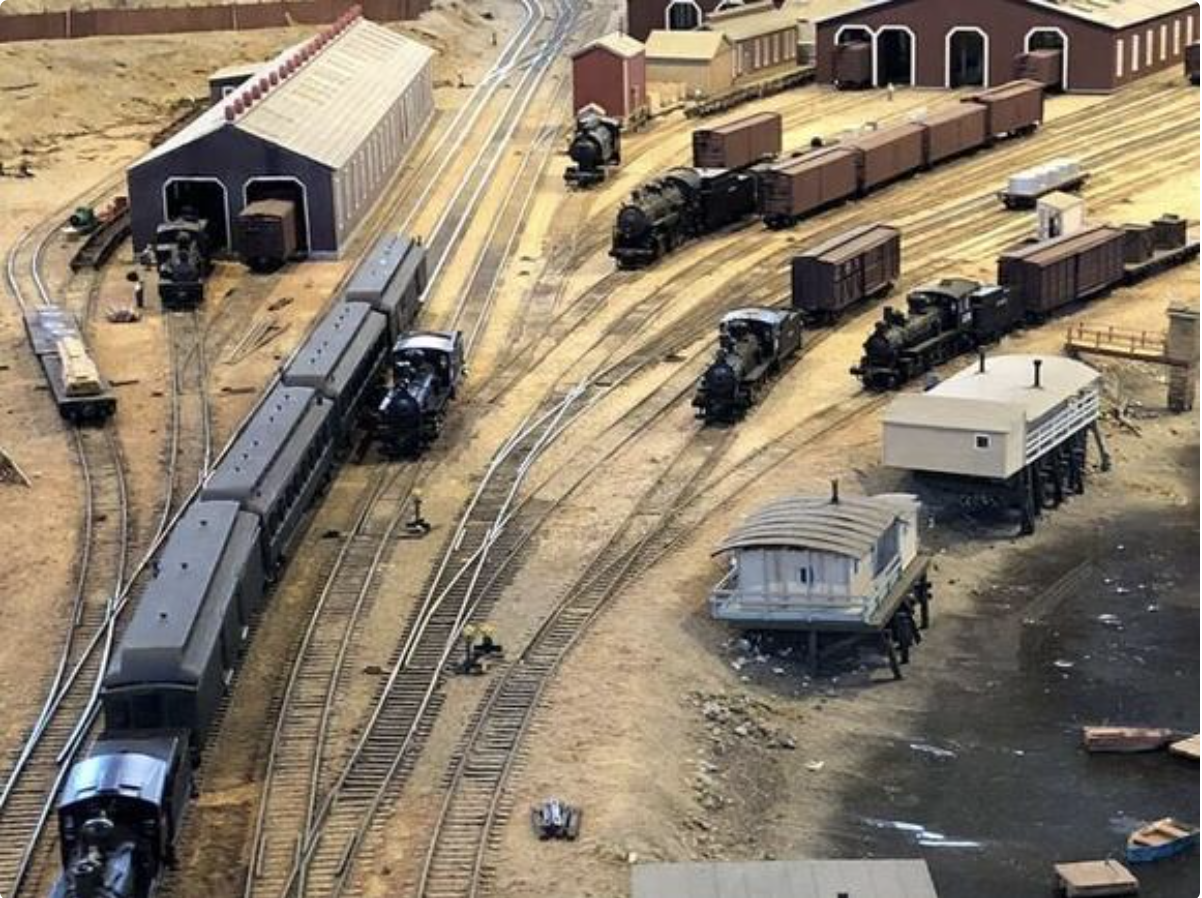TIBURON, Calif. — With its multimillion-dollar homes, waterfront views, high-performing schools, and a Main Street lined with boutiques and wine bars, Tiburon is often seen as one of Marin County’s most polished and picturesque towns. Nestled on a peninsula with sweeping views of the Bay, it exudes serenity and affluence.
But few visitors—or even residents—realize that this refined town has a surprisingly gritty and blue-collar past. Long before it became a hub for tech executives and second-home owners, Tiburon was a railroad town, a working-class enclave built on coal, codfish, and the clang of steel.
A Jewel on the Peninsula — With an Industrial Backbone
Today, Tiburon’s median household income hovers above $212,000, and its population of just under 10,000 enjoys access to high-end amenities, a mild microclimate, and panoramic views of the Bay. But go back just a few generations, and the scene was vastly different.
As recently as the 1950s, a local reporter described Tiburon as “a bundle of tracks and a clump of smoky buildings and 42 acres of land … a workshop of noise, oil, welding, and hammering.” The town’s landscape was dominated by rail yards, codfish processing plants, dairy ranches, and coal depots.
The Railroad That Put Tiburon on the Map
Tiburon’s transformation began in 1884, when industrialist Peter Donahue—who had developed San Francisco’s Union Iron Works—selected the deepwater cove at Point Tiburon as the southern terminal for his San Francisco and North Pacific Railroad.
In an incredible feat of 19th-century engineering, Donahue relocated an entire town by barge from Petaluma down to Tiburon—complete with homes, offices, and railroad infrastructure. The first passenger train arrived on May 1, 1884, in a festive affair complete with wine, whiskey, and celebration. That original depot building now houses the Tiburon Railroad and Ferry Depot Museum.
A Living Museum of 1900s Tiburon
Visitors to the Depot Museum can see Tiburon’s industrial legacy brought to life through a scale model of Main Street and the 1909 rail yard, built with extraordinary detail by Phil Cassou, president of the Belvedere-Tiburon Landmarks Society. The model features moving trains, ferryboats, lumber schooners, and a passenger train ready to depart for San Rafael.
The museum is open on weekend afternoons and offers a literal window into the town’s industrial heyday—when freight cars were ferried to San Francisco, and tugboats lined the busy waterfront.
A Melting Pot of Workers and Cultures
According to Dave Gotz, Tiburon’s local historian, the town was once a true working-class community. It was home to Irish railroad workers, Portuguese dairy farmers, Italian fishermen, Chinese vegetable vendors, and even a Black family who ran a restaurant on Main Street.
“It was a blue-collar town,” Gotz explains. “Tiburon had grit. It was full of stories—and people who worked hard.”
This blue-collar identity stood in contrast to Belvedere, Tiburon’s wealthier neighbor, which often looked down on its industrial counterpart. That divide, while mostly a relic of the past, shaped much of the town’s early social dynamics.
From Prohibition to Gentrification
Tiburon thrived during the 1920s, when Prohibition transformed it into a hub for bootleggers, thanks to its proximity to the water and distance from the sheriff’s office in San Rafael. But after World War II, the town began to change.
The decline of the railroad industry led to the last train departing Tiburon in 1967. The once-bustling rail yards were left abandoned and rusting—described by Gotz as “an ugly mess.”
Eventually, the land was redeveloped. After a toxic cleanup and community debate, the area saw the rise of condos, landscaped parks, and a bike path where train tracks once ran. Tiburon had become a new city, but not without honoring its past.
Preserving the Legacy: Landmarks and Wildflowers
In 1959, the Belvedere-Tiburon Landmarks Society was formed to preserve pieces of the town’s rich history. Their first mission was to save St. Hilary’s Church, a modest “carpenter’s gothic” structure built in 1888 for Irish Catholic railroad families. Though later deconsecrated, the building was restored and repurposed as a community museum.
The California Academy of Sciences later identified the hillside below the church as one of the most unique wildflower habitats in California. With the Landmarks Society’s help, the area was preserved as a botanical garden—another bridge between the Tiburon of yesterday and the city it is today.
A Town That Remembers Its Roots
While modern Tiburon may be synonymous with wealth and tranquility, its foundations were forged in steel, steam, and labor. From its bustling codfish plants and rum-running days to its modern-day wine bars and million-dollar condos, the town remains a microcosm of California’s evolution.
In the words of historian Richard Dillon, Tiburon’s story is “the history of the entire Far West, in a microcosm.” And thanks to those who work to preserve it, that story continues to be told.
















Leave a Reply